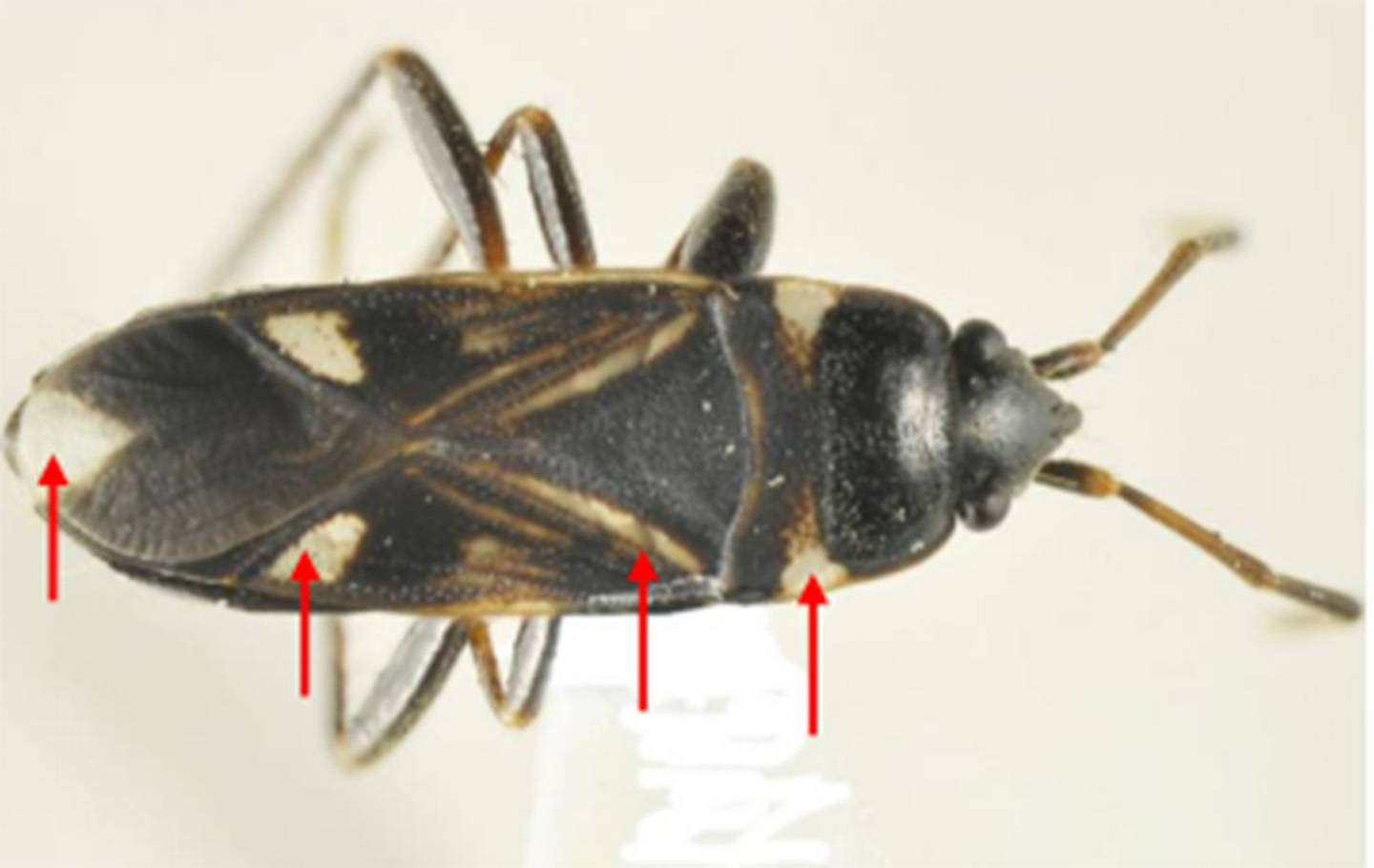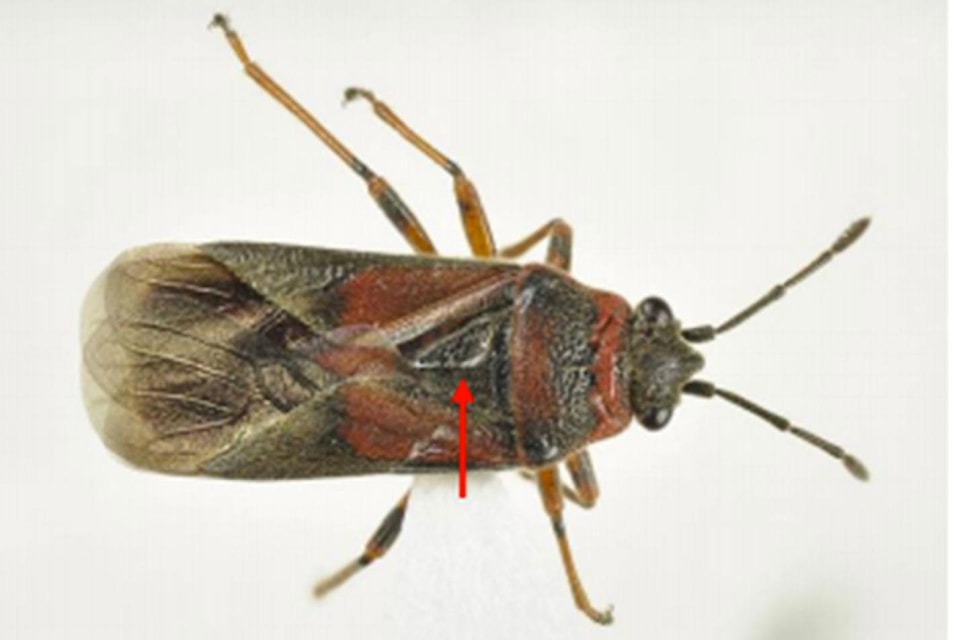An infestation of Elm Seed and Tuxedo Bugs has the Mayor of Osoyoos requesting help from the Ministry of Transportation and Infrastructure.
Sue McKortoff said calls started coming into the town’s office about a week ago with one resident coming into the office in person with a large jar filled with the invasive bugs.
(Video from Winfield, B.C. in 2017)
“They are on the (window) sills and they apparently come in the homes through any kind of crack. They don’t bite you, it’s not that. They are just annoying and I’ve had people crying on the phone because they can’t get rid of them and they are infested with them,” she said during a break at Thursday’s Regional District Okanagan-Similkameen meeting.
During a presentation to the board from Ministry of Transportation Infrastructure staff, McKortoff requested crews look into cutting down any Elm trees on provincial road allowances.
MOTI representatives could not comment on the issue at the board meeting and a request for information from media relations for the ministry was not received by press time.
McKortoff noted almost every homeowner on Larkspur Place, which backs onto Highway 97, has contacted the town’s office in the last week. There are several Elm trees on the road allowance there.
“The reason why I have these fellows (MOTI) involved is because the Elm trees are where these bugs feed on the seeds are backing on the properties of the people in the town, and it’s between there and the highway, so it actually is ministry of highway’s property,” she said.
Related: ‘Serious pest’ starting to invade the Okanagan Valley
Tuxedo bugs feed on plants in the mint family (black horehound, lambs ears, white mullein).
Elm Seed and Tuxedo bugs were first spotted in the Okanagan in the Rutland area of Kelowna in 2016 and reports of infestations in homes and business in Kelowna and surrounding communities continued in 2017. The bugs were first detected in the U.S. in Idaho in 2009 and have spread to Oregon, Washington and Utah.
They originate in Europe and the Mediterranean region and can now also be found in parts of China.
Adult Elm Seed bugs are 6.6 millimetres to 7mm in size and have a black triangle shape on their backs bordered by a rusty red triangle.
Tuxedo bugs are about 5mm to 6mm in size, dark brown to black with a triangle outlined in white and a white spot at the tip of the body.
The bugs do not cause damage to fruit or other crops, but are a nuisance to homeowners. Elm seed bugs emit unpleasant odours when crushed and their fecal droppings can be unsightly.
A release from the Ministry of Agriculture suggests tips in dealing with the bugs:
- use shop vacuum with one to two inches of soapy water in the bottom
- remove volunteer Elm trees, or prune to reduce food source
- use sticky traps for trapping bugs around window sills
- inspect firewood for overwintering adults
- treat immature stages of bugs outside the home with a barrier spary
- products containing permethrin, carbaryl and malathion

